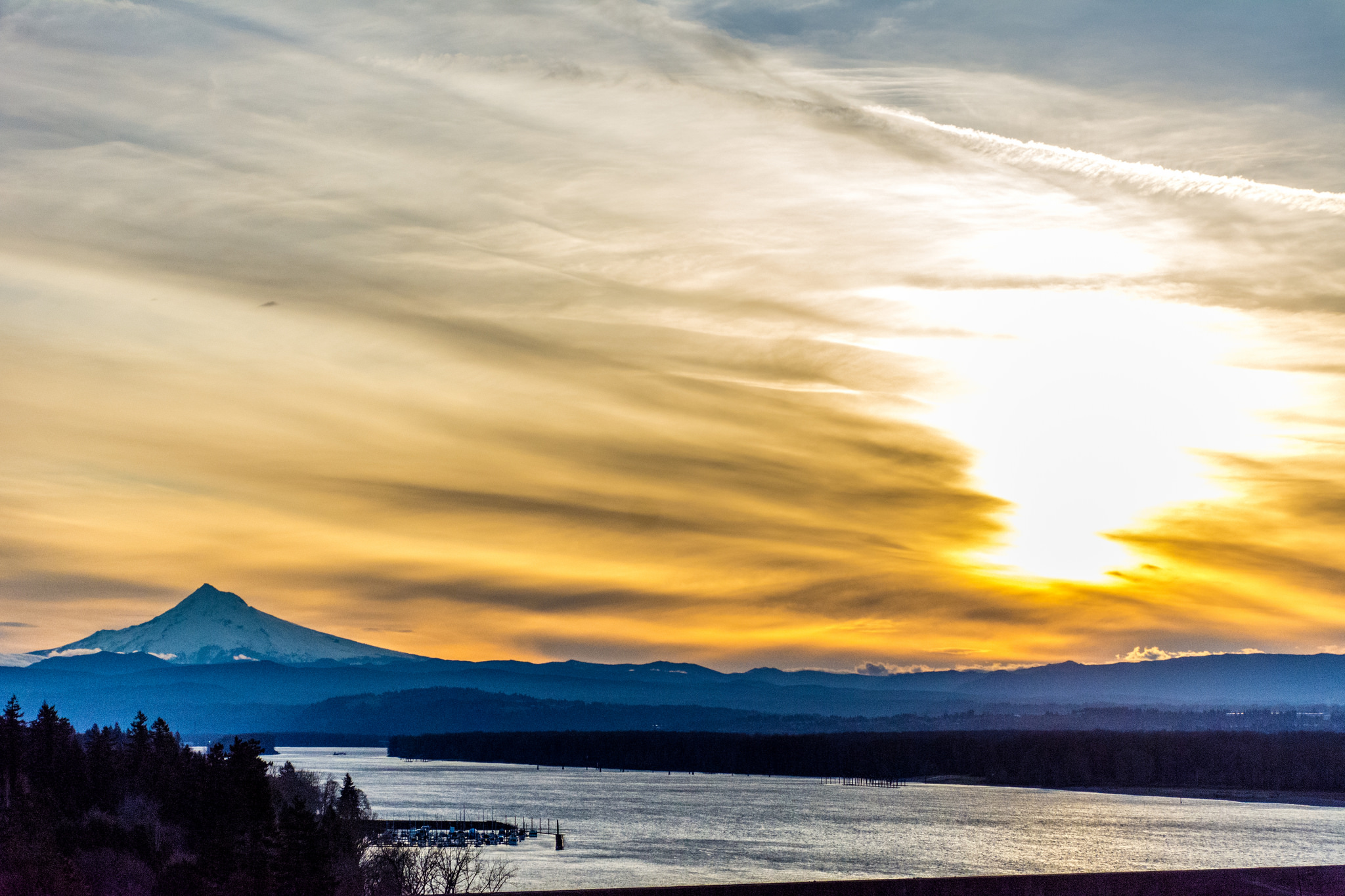Today, Governor Inslee delivered the coup de grâce to the proposed Vancouver Energy oil terminal. Planned for a site within blast radius of downtown Vancouver, Washington, the facility would have been North America’s biggest oil train depot, drawing at least 5 dangerous oil trains each day across the interior Northwest to the banks of the Columbia River.
For everyone who cares about clean water, public safety, and climate change, this was a profoundly welcome decision. And it also stands as a testament to the efforts all the individuals and organizations who fought the project: the Stand Up To Oil campaign, Northwest tribes, thousands upon thousands of community members, and—to toot our own horn just a bit—those of us here at Sightline.
[list_signup_button button_text=”Like what you|apos;re reading? Get quarterly updates about our work to kick fossil fuels and build a clean energy future.” selected_lists='{“Carbon Pricing & Making Polluters Pay”:”Carbon Pricing |amp; Making Polluters Pay”,”Fighting Fossil Fuels”:”Fighting Fossil Fuels”}’ align=”center” color=”green”]
Since the project was first proposed in February 2013, Sightline published more than 200 analyses, research reports, articles, and graphics to explain the risks the project posed to people and nature, in the Northwest and beyond. Our work covered rail congestion and Columbia River vessel traffic connected to the plans. We unpacked the statistics on oil spills, growth in the oil train industry, and the risks of derailments. Sightline published extensive analyses of catastrophic oil train explosions, the financial costs and lack of adequate insurance coverage, the lax regulatory standards governing rail car construction, and proposed rule changes affecting the oil-by-rail industry.
And we also shined a light on the awful track record of Andeavor (formerly Tesoro), the oil company backing the project, describing how the company’s flagrant legal violations harmed communities and its own workers. We focused on the political dimensions too, identifying the crucial role of public port commissioners and exposing Andeavor’s attempts to manipulate state politics with massive injections of campaign funding (though without much recent success). We also looked at the project’s finances, pointing out the project’s troubling connection to state retirement funds and the deteriorating economics of oil-by-rail.

The rail terminal at Vancouver was the last remaining undecided project of at least a dozen well-developed schemes planned for Northwest ports and refineries, including at Clatskanie, Longview, Grays Harbor, Tacoma, Anacortes, and Whatcom County. In combination, these projects might have shipped as much as one million barrels of crude oil in up to 100 trains per week—a staggering volume of dirty fuel.
Yet one after another, they stumbled and fell in the face of coordinated and intractable opposition in the Northwest—the movement we’ve taken to calling the Thin Green Line. Sightline is proud to have contributed to the fight and we are proud of our partners: these successes would not have been possible without a huge array of people and organizations.
With the demise of oil-by-rail at Vancouver, the Thin Green Line will focus on the few remaining fossil fuel proposals still remaining: especially the biggest-in-the-world methanol refinery at Kalama, Washington, as well as LNG facilities planned for Coos Bay, Oregon, and Tacoma, Washington.


Comments are closed.